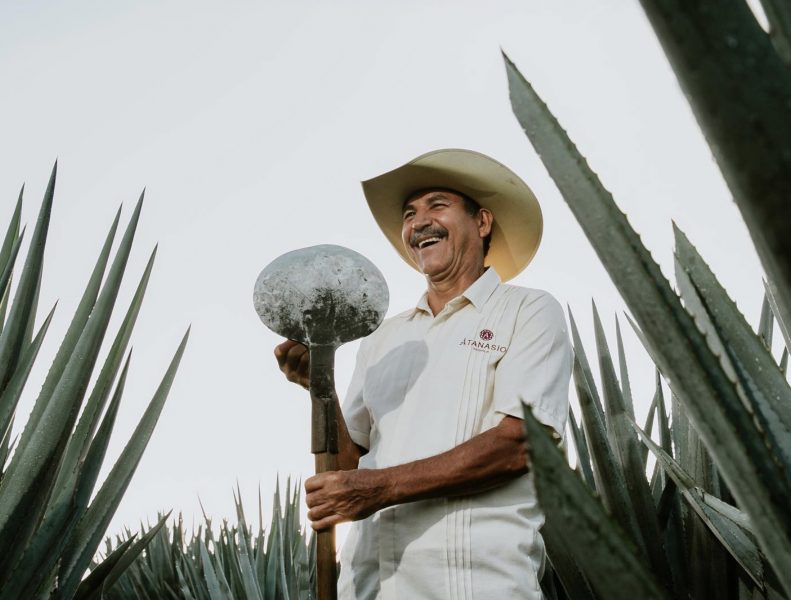Atanasio
In remote El Medineño, Jalisco, members of the Landeros family have been growing agave as campesinos for over one hundred years. A measure of that heritage and commitment takes form in the life of Tío Atanasio; born in 1897, Tío Atanasio grew up in the agave fields and began distilling his own spirits in his twenties. His famous adage among the family was, “one glass of tequila a day never hurt anybody,” and, indeed, his words proved wisdom—Tío Atanasio lived to be 103, embodying his name (which means “immortal” in Greek).
In 2011, Familia Landeros established their own fabrica, bringing their family’s distillation out of the shadows and into local commercial availability. Although it took several years to establish a NOM and certify their spirit as tequila with the CRT, their first label (El Tío Atanasio 103, named in Atanasio’s honor) gained a devoted local following almost immediately. Today, their work is being lauded among some of the most respected tequila producers in Mexico.
Despite their growing success, Familia Landeros has, first and foremost, remained focused on maintaining and improving their own production. Estate-grown and local agave is harvested by hand, then cooked over a 24-hour period using a small autoclave—the oven which was available to them as they rebuilt their fabrica in the 1990s (the family is working now on establishing a brick oven for more traditional, longer cooking). The cooked agave is extracted using a small roller mill, fermented using only natural ambient yeast over the course of 5–9 days in stainless steel tanks, then distilled twice and cut to a still strength of 55%. Proofing, as well as fermentation, is achieved with the addition of deep well water.
Though a relative newcomer to the crowded field of tequila distilleries, the reputation for integrity and flavor which Familia Landeros has achieved in this short time is inspiring. That integrity is underscored by the choices they make in production—decisions which sometimes skew towards slowing and reducing annual production in favor of preserving or enhancing the quality of their work. It is not a common approach, but it is an admirable one an example that offers hope for the precarious future of this beloved spirit.




